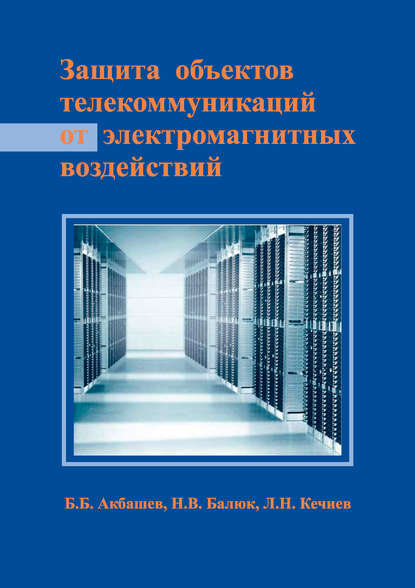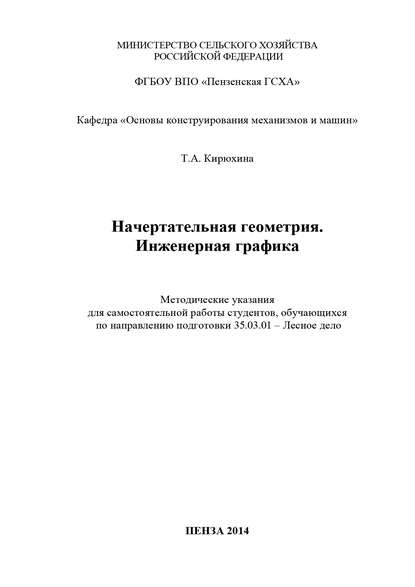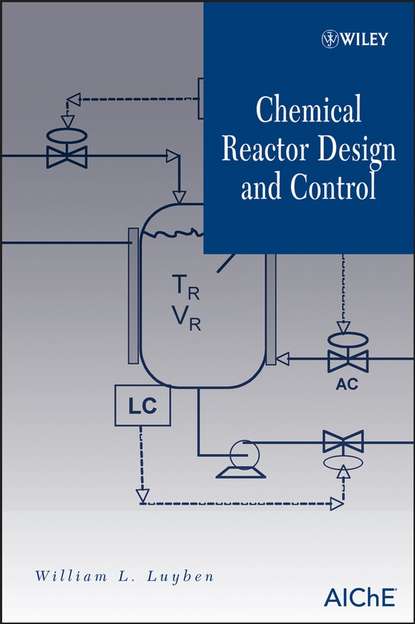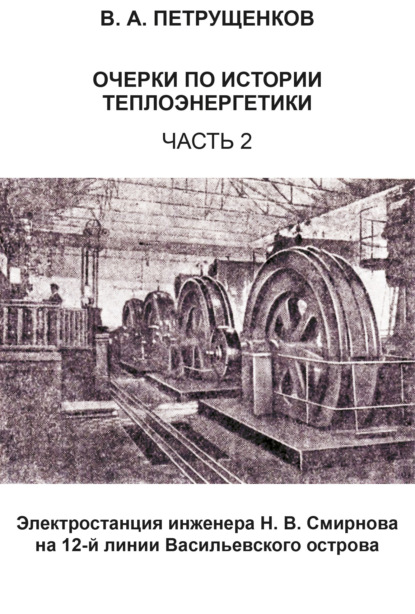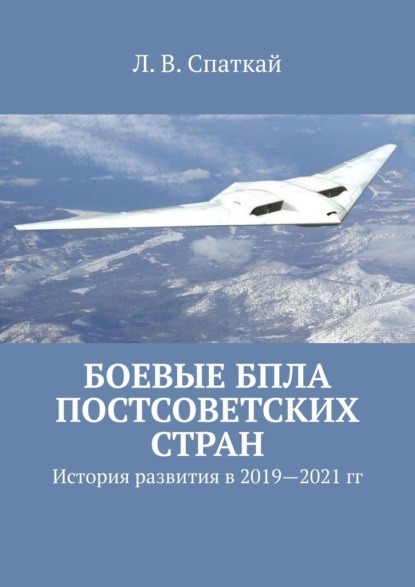Книга "Wind Effects on Structures: Modern Structural Design for Wind" предоставляет инженерам-конструкторам знания и практические инструменты, необходимые для проектирования конструкций, учитывающих ветровые нагрузки, с учетом значительных технологических, концептуальных, аналитических и вычислительных прорывов, достигнутых за последние два десятилетия. Книга содержит ясные объяснения и документацию концепций, методов, алгоритмов и программного обеспечения, доступных для учета ветровых нагрузок при проектировании конструкций, а также описывает вклад инженеров-ветровиков достаточно подробно, чтобы их можно было эффективно исследовать главному инженеру, ответственному за проектирование. Книга разделена на четыре части. Первая часть посвящена атмосферным потокам, экстремальным скоростям ветра и аэродинамике тупых тел. Вторая часть рассматривает проектирование зданий и включает главы о аэродинамических нагрузках, динамических и эффективных нагрузках, вызванных ветром, воздействии ветра с указанным MRI, низких и высоких зданиях и многом другом. Третья часть посвящена аэроэластическим эффектам и охватывает как основы, так и применения. Последняя часть рассматривает другие конструкции и специальные темы, такие как фермы, морские конструкции и эффекты торнадо. Книга содержит алгоритмы, инструменты и программное обеспечение, необходимые для эффективного проектирования конструкций с учетом ветровых нагрузок, и предоставляет множество примеров их применения. Кроме того, она содержит несколько приложений по элементам теории вероятностей и статистики, процедуре пуассоновского процесса для оценки пиков, оценке реакции башен Всемирного торгового центра на ветер и их недостатках и многом другом. Книга является отличным учебным пособием для инженеров-конструкторов, инженеров-ветровиков и студентов и преподавателей в области строительного проектирования.
Электронная Книга «Wind Effects on Structures. Modern Structural Design for Wind» написана автором Emil Simiu в году.
Минимальный возраст читателя: 0
Язык: Английский
ISBN: 9781119375906
Описание книги от Emil Simiu
Provides structural engineers with the knowledge and practical tools needed to perform structural designs for wind that incorporate major technological, conceptual, analytical and computational advances achieved in the last two decades. With clear explanations and documentation of the concepts, methods, algorithms, and software available for accounting for wind loads in structural design, it also describes the wind engineer's contributions in sufficient detail that they can be effectively scrutinized by the structural engineer in charge of the design. Wind Effects on Structures: Modern Structural Design for Wind, 4th Edition is organized in four sections. The first covers atmospheric flows, extreme wind speeds, and bluff body aerodynamics. The second examines the design of buildings, and includes chapters on aerodynamic loads; dynamic and effective wind-induced loads; wind effects with specified MRIs; low-rise buildings; tall buildings; and more. The third part is devoted to aeroelastic effects, and covers both fundamentals and applications. The last part considers other structures and special topics such as trussed frameworks; offshore structures; and tornado effects. Offering readers the knowledge and practical tools needed to develop structural designs for wind loadings, this book: Points out significant limitations in the design of buildings based on such techniques as the high-frequency force balance Discusses powerful algorithms, tools, and software needed for the effective design for wind, and provides numerous examples of application Discusses techniques applicable to structures other than buildings, including stacks and suspended-span bridges Features several appendices on Elements of Probability and Statistics; Peaks-over-Threshold Poisson-Process Procedure for Estimating Peaks; estimates of the WTC Towers’ Response to Wind and their shortcomings; and more Wind Effects on Structures: Modern Structural Design for Wind, 4th Edition is an excellent text for structural engineers, wind engineers, and structural engineering students and faculty.




